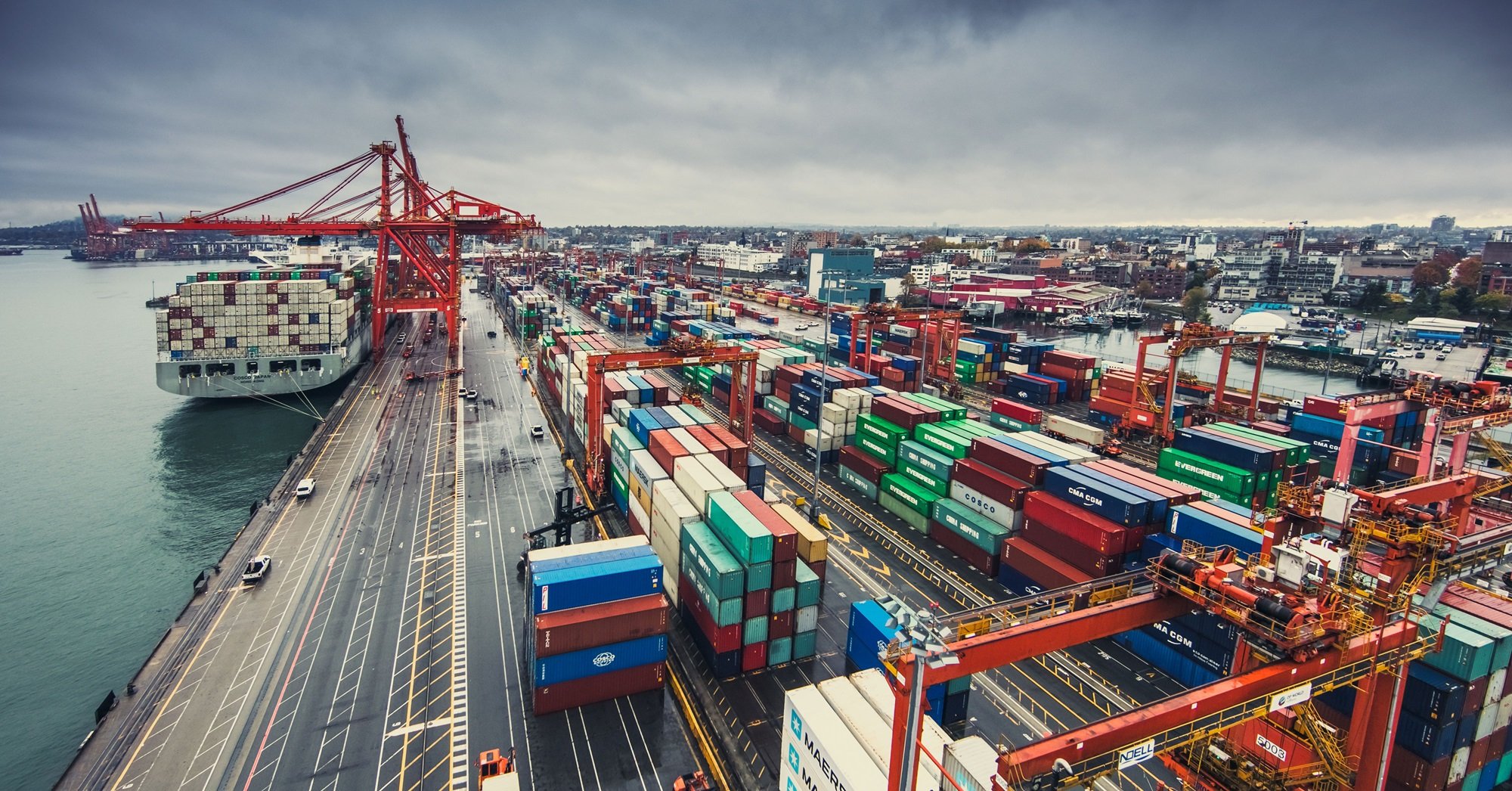In its latest Horizons report, Lloyd’s Register highlights nuclear power’s rising traction as a zero-emission propulsion solution for commercial shipping. Industry leaders are fast-tracking regulatory frameworks in anticipation of vessel launches in the early 2030s.
At Lloyd’s Register’s “Fuel for Thought” briefing during London International Shipping Week, experts detailed advancements in global collaboration and licensing protocols essential for commercializing nuclear-powered ships.
The International Atomic Energy Agency (IAEA) has initiated its ATLAS (Atomic Technologies Licensing for Applications at Sea) program, partnering with Lloyd’s Register and the International Maritime Organization (IMO) to craft legal and regulatory guidelines. IAEA Director General Rafael Grossi indicated that initial results are expected within two years.
The IMO is revising its non-binding Nuclear Code, with preliminary discussions on submissions set for January 2026 at the Ship Design and Construction sub-committee. IMO technical officer Ricardo Battista noted the organization is seeking base texts and consensus on a full roadmap, including potential mandatory status for the updated code.
The briefing aligned with the reveal of a UK-US bilateral pact on small modular reactor licensing. Paul Fyfe, Senior Director at the UK Office for Nuclear Regulation, posited that such agreements could streamline policy development more effectively than multilateral consensus bodies.
Baroness Charlotte Vere, Head of Market Development at Core Power, emphasized that nuclear corridors could unlock billions in maritime investments, driven by national security, energy resilience, and fleet optimization—factors extending beyond mere decarbonization.
Dutch offshore firm Allseas is pioneering a 25MW electric reactor for large vessels, with onshore testing slated ahead of sea trials from 2032. Nuclear Developments Project Manager Stephanie Heerema explained the project stemmed from a lack of off-the-shelf maritime designs, targeting a conservative market of about 10 000 major ships.
Port regulations pose significant barriers for nuclear vessel operations. ABPmer Senior Maritime Consultant Richard Vaughan pointed out that UK port infrastructure is still governed by 1847 legislation, though emergency provisions exist for nuclear submarines.
Insurance frameworks demand major overhauls for nuclear shipping. North Standard P&I’s Head of External Affairs, Mike Salthouse, observed that reactors and vessels will likely be separately financed and owned, necessitating fresh risk evaluation and pricing strategies.
“Our current insurance models aren’t suited to the risks shipping must shoulder,” Salthouse remarked. “We must grasp them, relay them to clients and reinsurers, and price them affordably.”
Lloyd’s Register’s Nuclear Technical Authority Jez Sims stressed the need for global alignment on safety, liability, and public perception. Current nuclear liability conventions are land-focused, complicating worldwide maritime nuclear activities.
The IMO’s 1980s Code of Safety for Nuclear Merchant Ships requires modernization to be technology-neutral and synced with post-1981 SOLAS chapter revisions.
Lloyd’s Register CEO Nick Brown laid out a roadmap where port-based reactors and floating nuclear plants will pioneer the path for commercial nuclear shipping, leveraging over 70 years of naval reactor experience.
The debut commercial floating nuclear power plants are projected for 2030, followed by the first nuclear commercial vessels in 2032.





